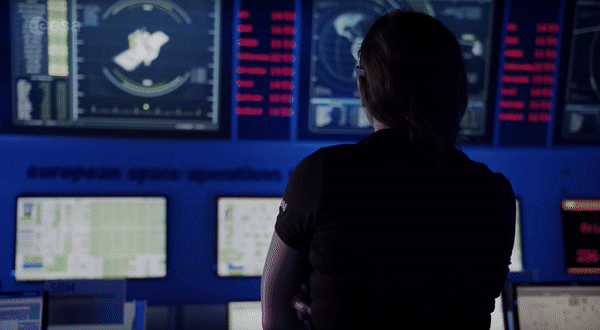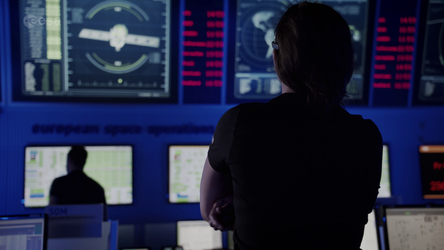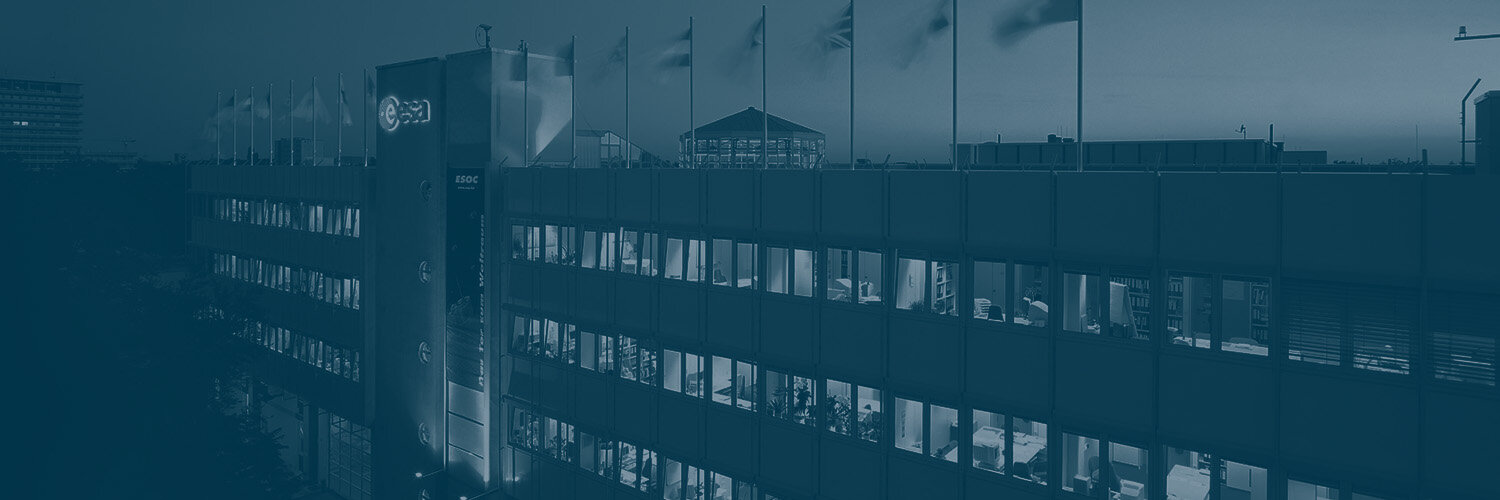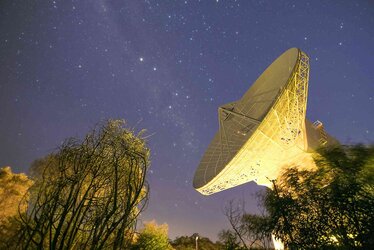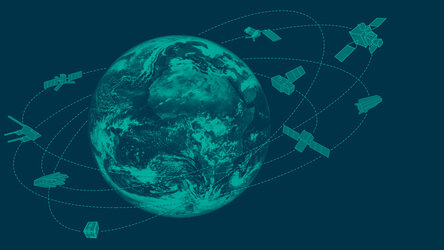Investing in 'space on Earth'
With more than fifty years of experience operating spacecraft, ESA has built up an incredible web of state-of-the art operations systems and technologies across the globe.
‘Mission operations infrastructure’ describes ESA’s investment in space on Earth, and its importance is illustrated in ESA’s short film, ‘The Burn’. Such infrastructure is the backdrop to every successful mission and the tools used by every control team, without which the Agency's exploration of space would not be possible.

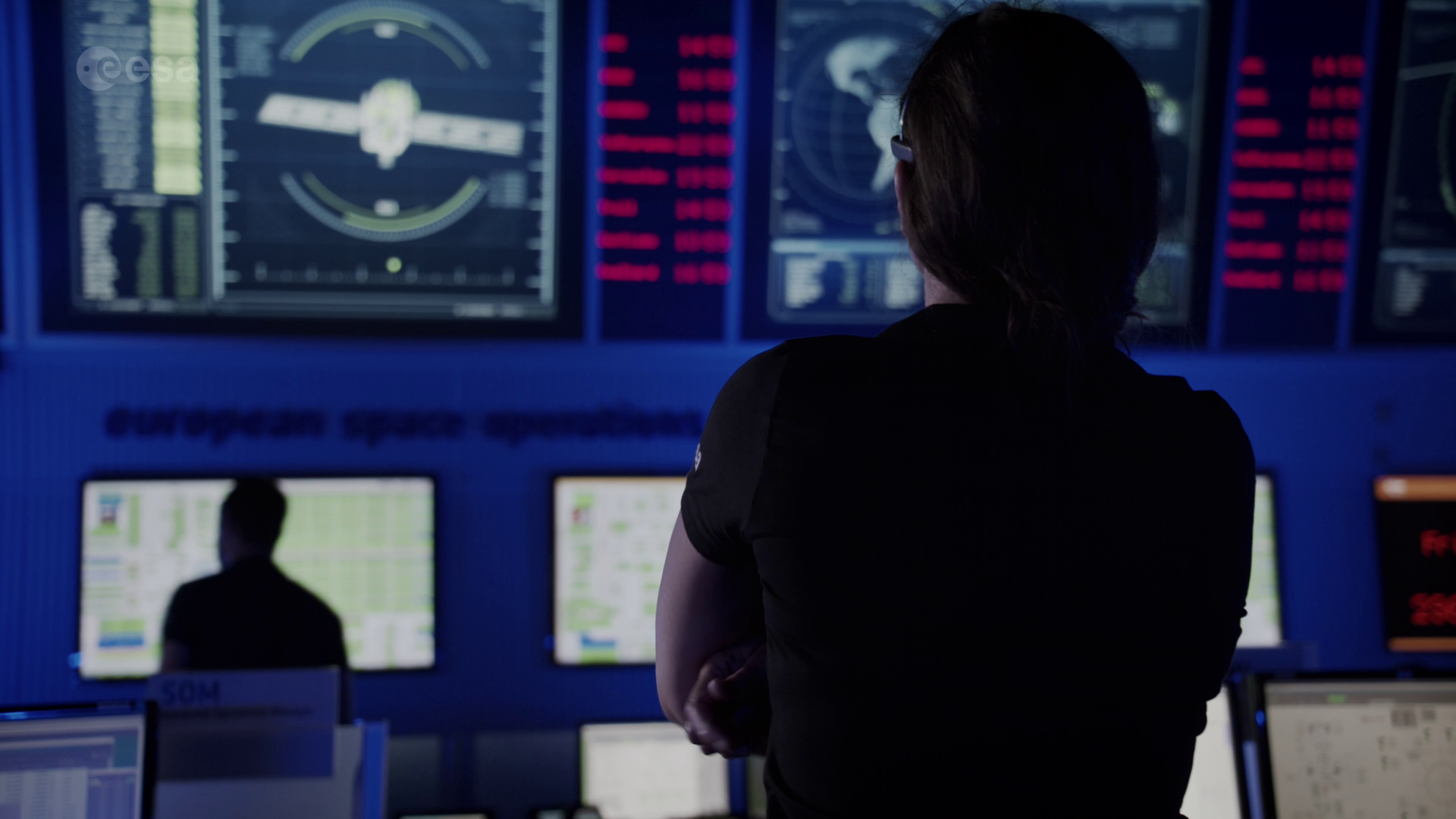
Access the video
Operations infrastructure includes all the systems needed for teams at mission control to fly spacecraft in orbit around Earth and exploring deep space.
From gigantic ground stations capturing signals from remote explorers, to incredible astrodynamics systems that compute and visualise the path of spacecraft, asteroids and space debris.
So what are these vital technologies on which we are so reliant? What do they do?
ESA’s Ground Station Network
Discoveries by Europe’s spacecraft in orbit and out in deep space would not reach the ground without ESA ground stations collecting their data, making it available to researchers across the globe and ensuring we can send commands to our explorers from the Operations Centre in Darmstadt, Germany.
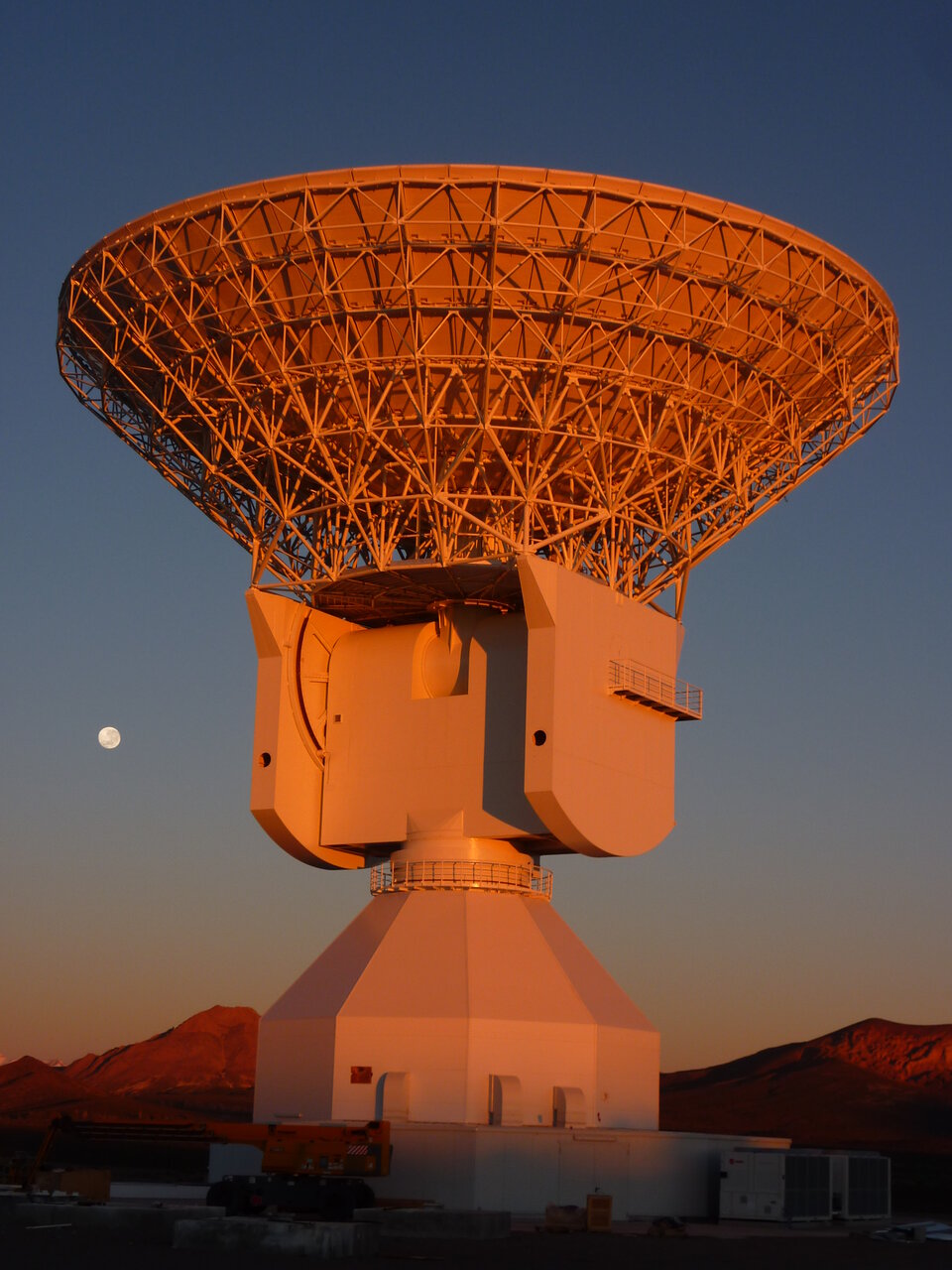
In ESA’s tense new dramatisation of a critical moment in the life of a future mission, The Burn, the 35-m deep space antenna in New Norcia, Australia, was used to track a struggling spacecraft.
Even while the spacecraft was spinning, unable to find Earth, the huge antenna found it and managed to send the commands to stabilise it almost 400,000 km across the void.
ESA’s three deep space stations allow us to stay in contact with deep space missions millions of kilometers from home, a unique capability in Europe. Currently, they are located in Australia, Spain and Argentina, but they are running at full capacity. By 2025, a new 35m deep space station will be available and special deep-freeze cooling technology will increase the amount of data it can receive, making it able to ‘downlink’ more data than ever before.
Find out more about ESA’s ESTRACK network of ground stations, here.
Mission Control Systems

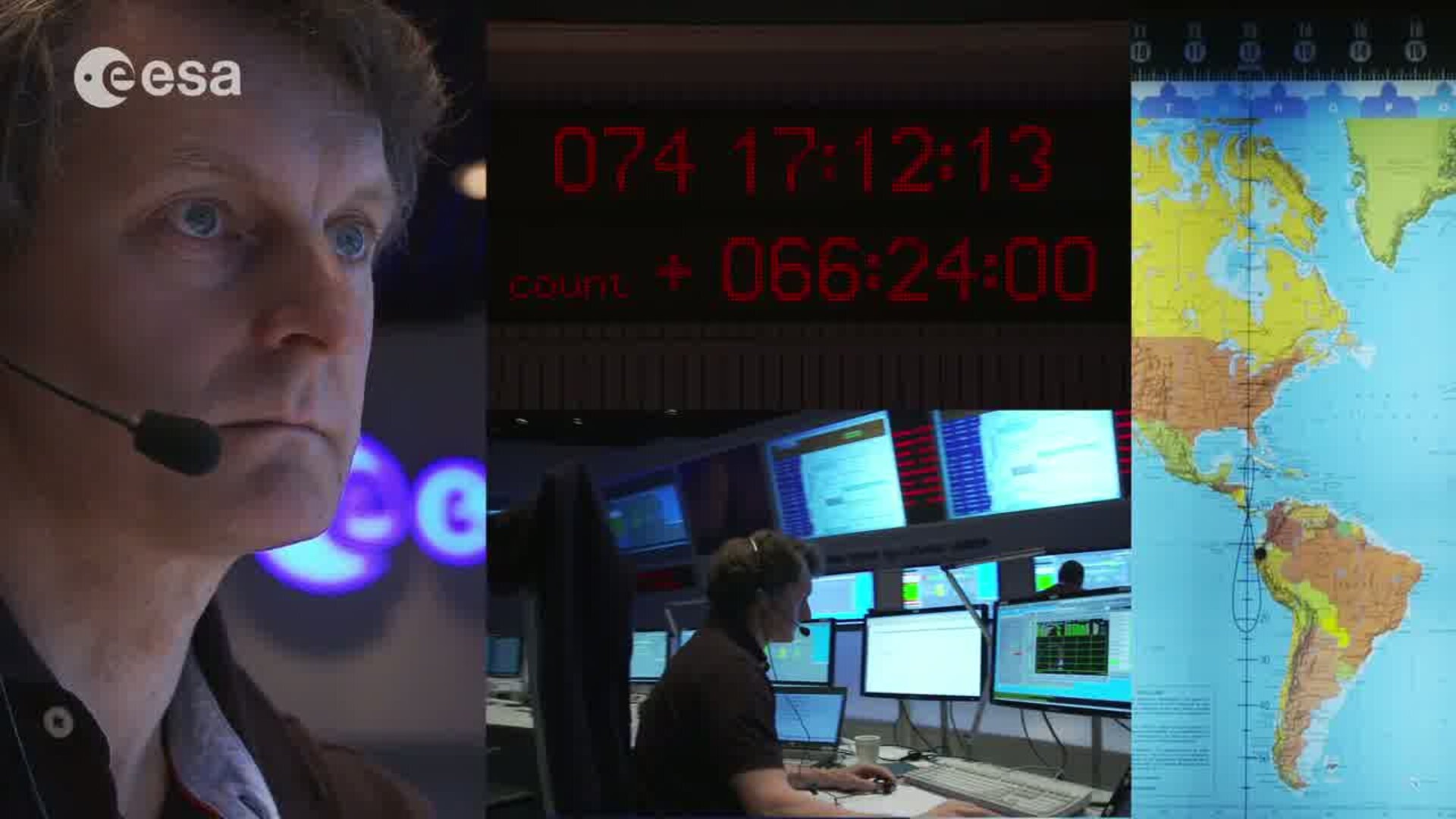
Access the video
Mission data systems are hugely complex marvels of software technology without which no spacecraft would fly. Among other things they are needed to receive science and location data from spacecraft, and to encode and send commands. It is these systems that everyone in the control room is looking at on their ‘consoles’.
The heart of this data system is the mission control system. It decodes and checks tens of thousands of pieces of information about the spacecraft’s location, behaviour and health from the signals it sends to Earth, its ‘telemetry’. This data is used to plot the spacecrafts journey, track its behaviour over time and see the progress of commands from the moment they’re sent to when they’re carried out. The mission control system is able to display all of these parameters as graphic visualisations, referred to as ‘mimics’ for the team.
ESA is ensuring that this ‘space on Earth’ constantly evolves by introducing a new generation of mission control systems called the European Ground Segment Common Core, or EGS-CC. Based on the most cutting-edge software technology, and developed in direct collaboration with all European players in space such as national agencies and industry, this system will power spacecraft operations for the next decade and beyond.
The future’s virtual
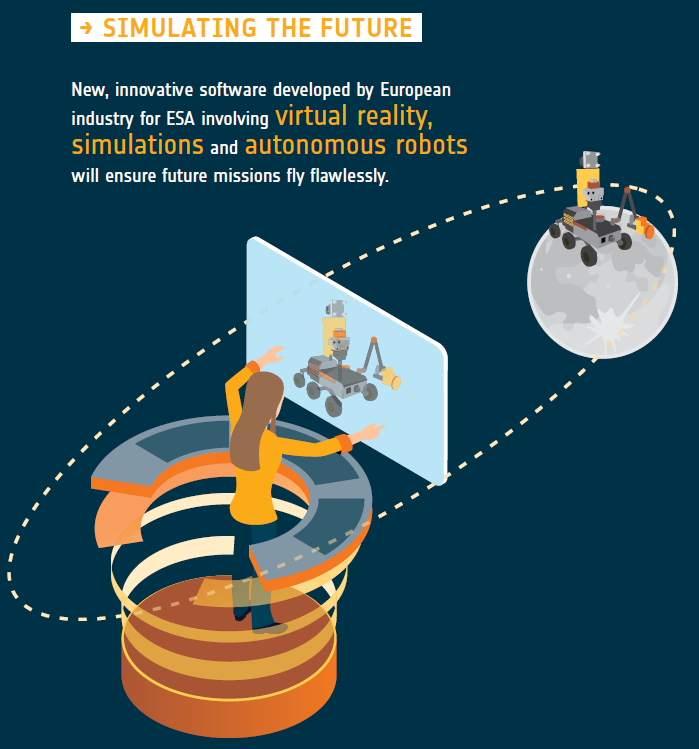
Virtual and augmented reality is set to become part of every day operations at ESA.
ESA is developing virtual reality tools to bring a vast array of operations activities into a new dimension. Ground stations, for example, are spread across the globe, and augmented reality means people working on-site with the antennas can get support from experts wherever they happen to be.
Integration of virtual reality into mission operations will also enhance how operators and scientists understand the complex information spacecraft sends home, for instance by bringing to life the lunar terrain across which a rover is being remotely driven.
Such technologies could also be used in the future to help train and prepare future astronauts for life and work at the International Space Station and one day the lunar base, as well as providing support from experts in far away locations.
Future visions for mission control and ESA’s operations infrastructure include one day developing mission control abilities so that they can be distributed across different sites, meaning different nations can make use of multi asset, multi-centred infrastructure, no longer centralised in a few locations.
Spacecraft simulator
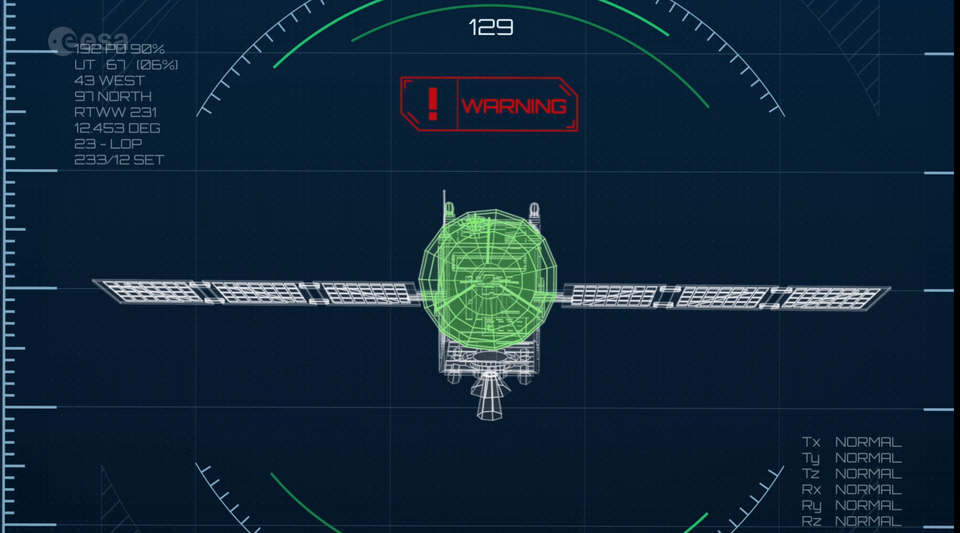
The operational spacecraft simulator is a fundamental part of day-to-day operations. It is able to simulate the full behaviour of a spacecraft and the complex and hazardous environment in which it operates, as well as the many ground stations scattered across the planet.
The ‘operational simulator’ can introduce unexpected failures, meaning that teams can make mistakes and learn from them in a safe environment, so that everything goes right on the night!
ESA is currently investing in a new generation of much more powerful simulators called SIMULUS Next Generation. These will ensure we can continue to simulate the future, well into the future.
All mission data systems will be fully integrated into a novel multi-mission infrastructure that will power mission data systems for all future spacecraft, eliminating the need for missions to build individual software systems, reducing costs and simplifying maintenance.
Astrodynamics Systems

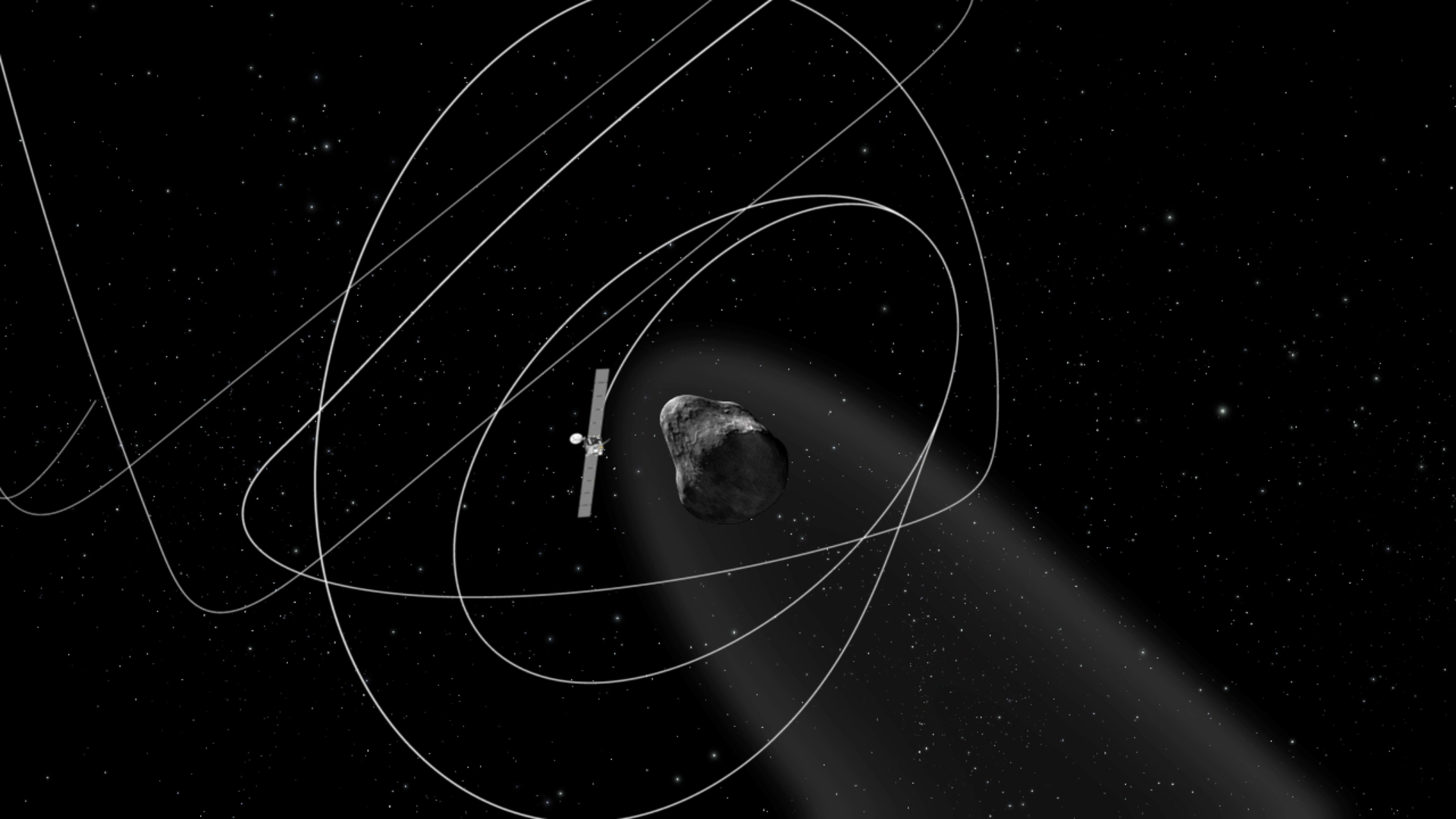
Access the video
By determining the future path of spacecraft and generating commands, astrodynamics systems provide the information needed to perform vital manoeuvres. Orbit corrections, for example, are needed to keep low-flying Earth-orbiting satellites from burning up in our atmosphere, as drag forces constantly nudge them into lower orbits over time.
In The Burn, the flight dynamics team use these systems to calculate the fuel requirements for the orbit manoeuvre, so that the spacecraft enters orbit around the Moon.
ESA is currently renewing its astrodynamics system, ensuring it will be fully able to serve upcoming complex missions in the next decade and beyond, including JUICE, the mission to explore Jupiter’s icy Moons. This also includes capabilities for novel electric propulsion systems and other new technologies.
Equally important is the ability of the astrodynamics system to determine the future positions of space debris objects and asteroids, as well as its navigation and mission analysis capabilities.
Mission Operations Information Technology
Information technology is the ubiquitous ‘ghost’ working away in the background, consisting of networks, fibers and servers that link all of the mission operations infrastructure components together.
Such IT allows operators to send commands halfway across the globe to distant ground stations. As is becoming the norm, the future of mission operations IT is in the cloud, and ESA is investing to make it happen for space in Europe.
Mission Operations Facilities
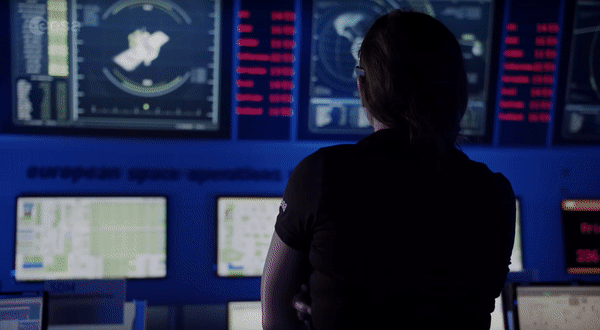
Mission operations facilities are the most visible elements of the mission operations infrastructure. These are the control rooms, screens, and voice loop communication systems.
Such important and tangible parts of mission operations require constant investment to keep them at the cutting edge of what technology allows.
Excitingly, all these infrastructure investments that will make ESA fit for the next decade and beyond have been approved at ESA’s latest Ministerial Council, Space19+.


